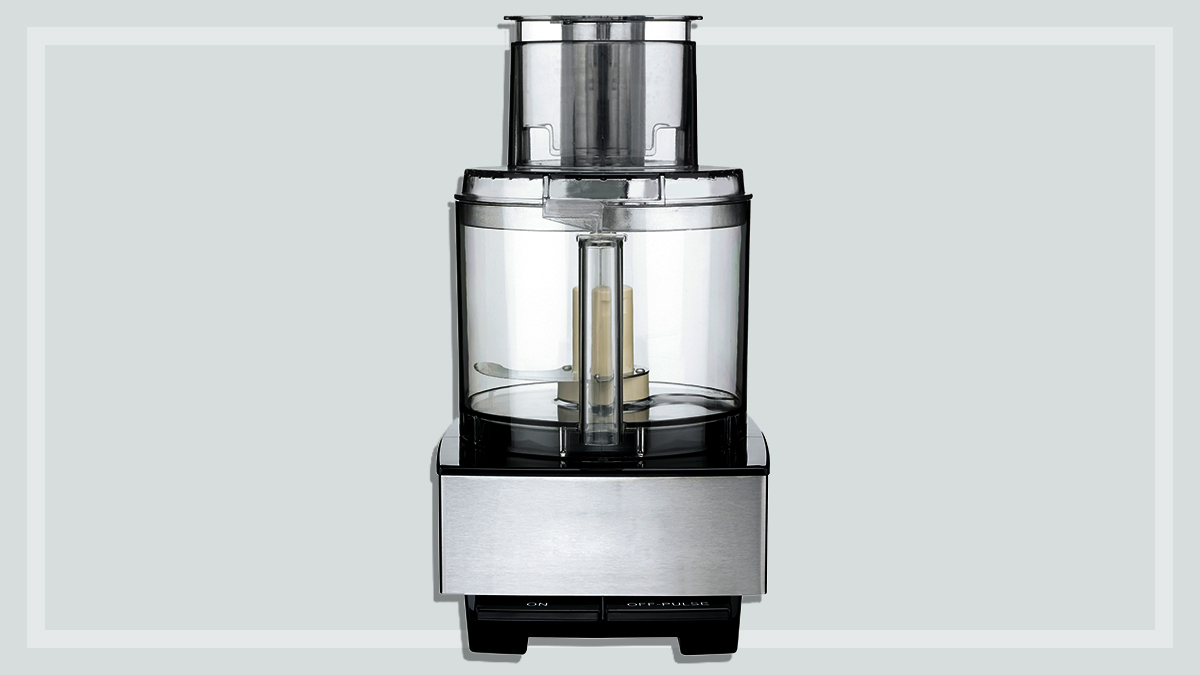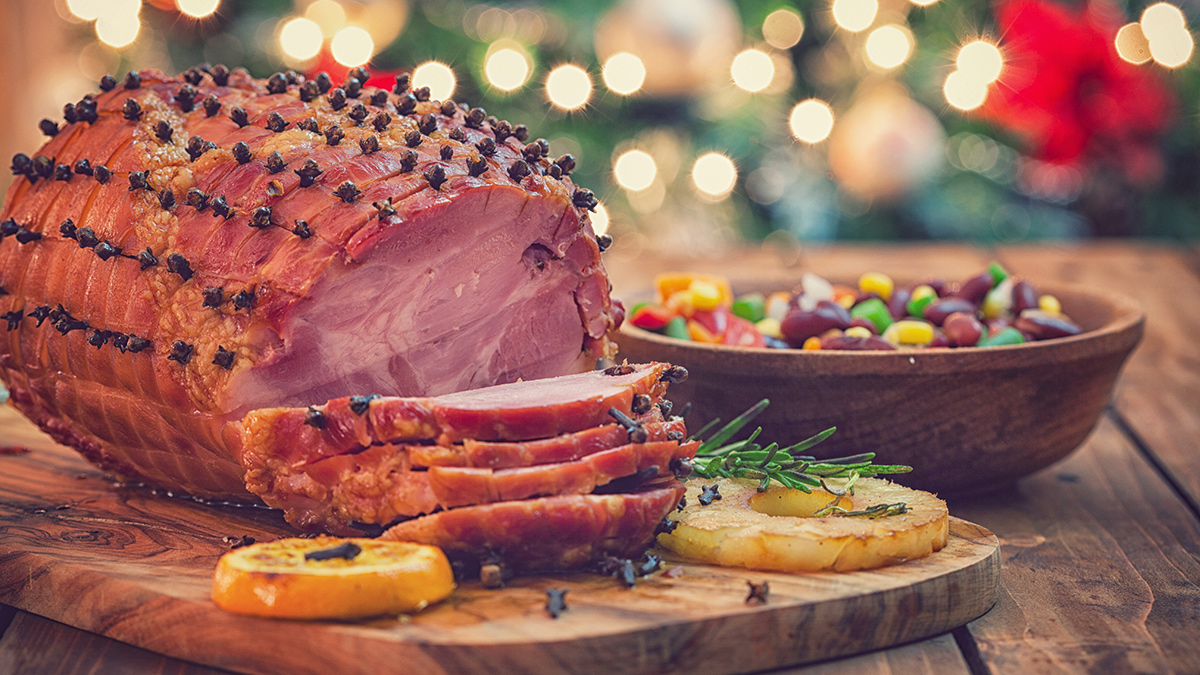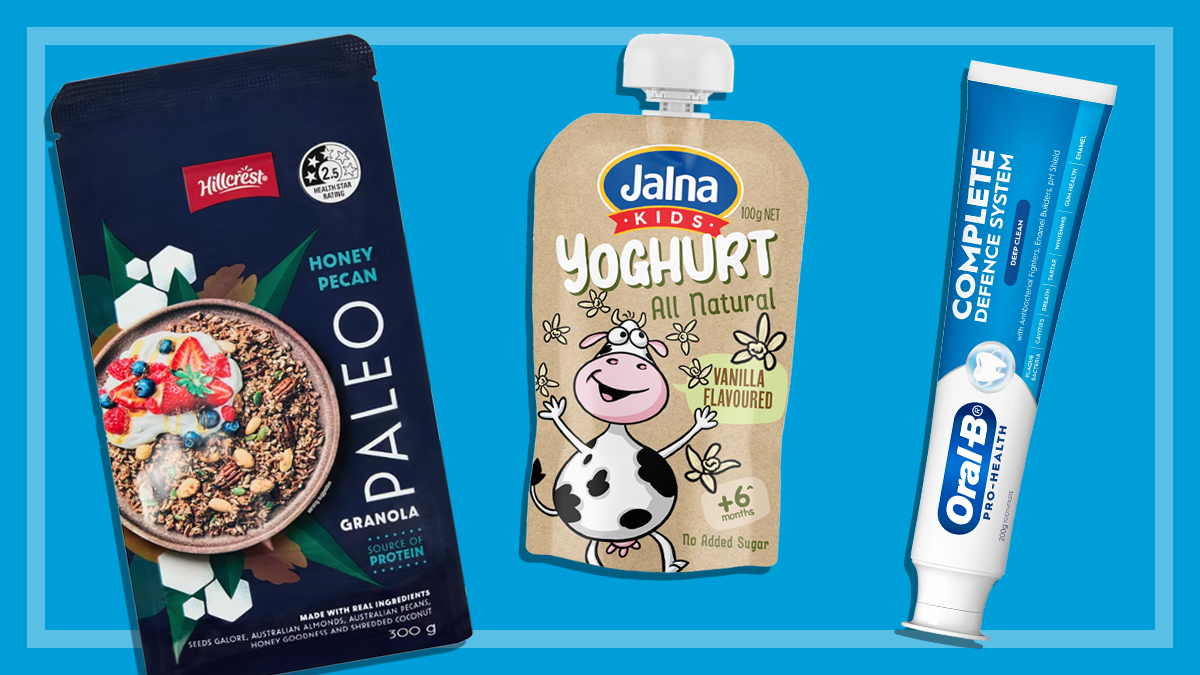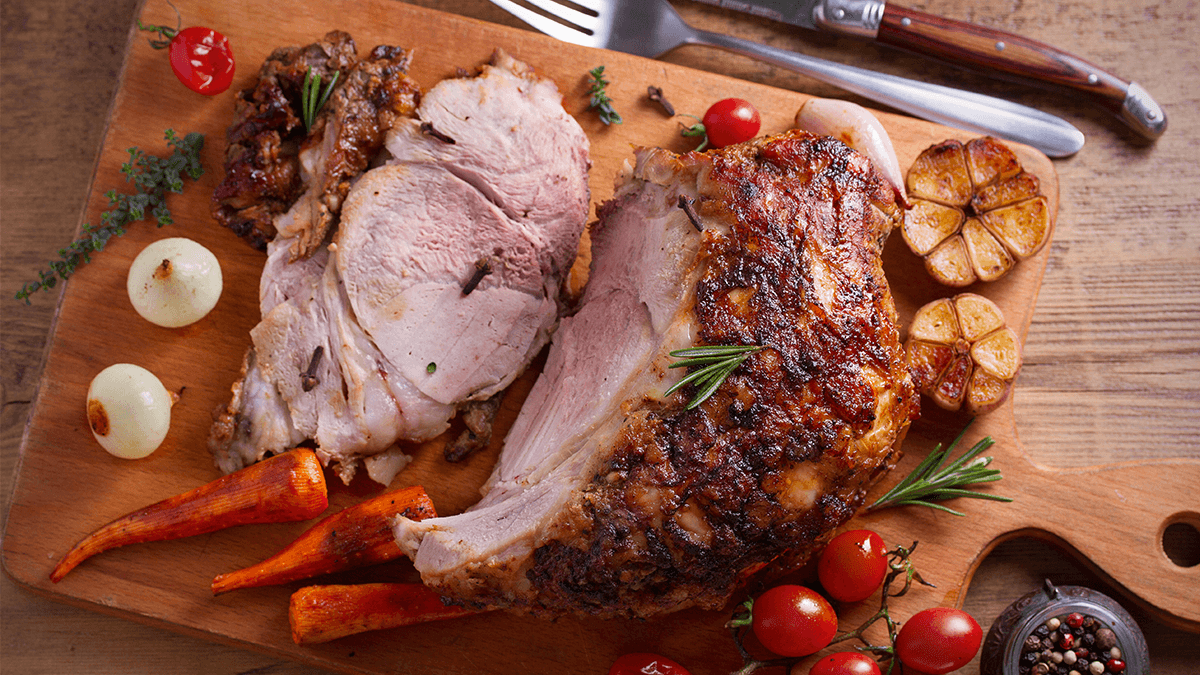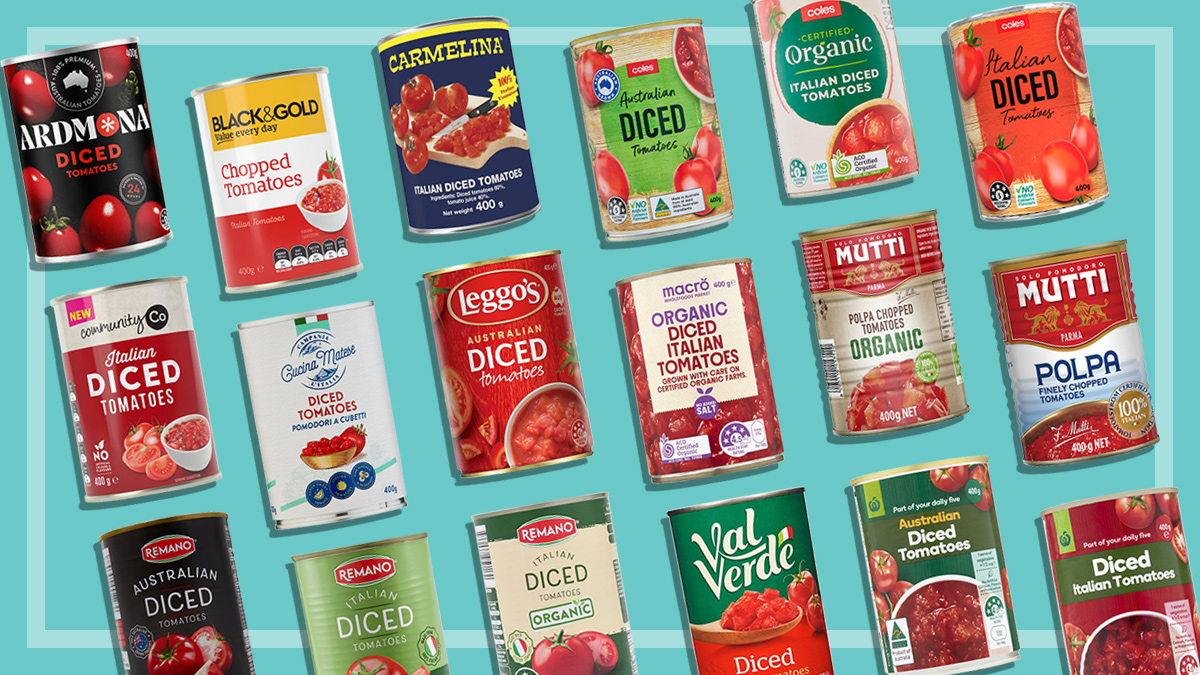Get our independent lab tests, expert reviews and honest advice.
10 tips to help you save on your fresh fruit and veg
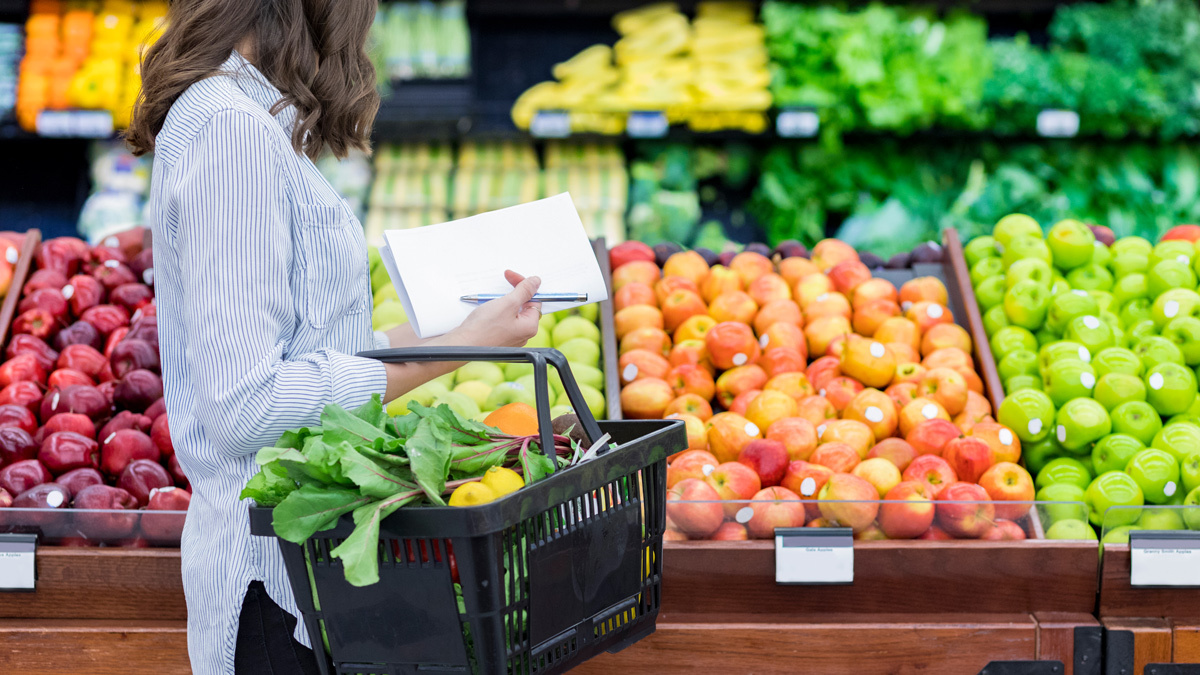
It might feel as though we’ve been talking about the rising cost of living forever, but our quarterly Consumer Pulse survey tells a different story.
As recently as January 2021, just 56% of us were concerned about the cost of food. Since then, that figure has been rising steadily.
In our September 2023 Consumer Pulse survey it hit an all-time high, with 88% of those we surveyed telling us that they were worried about their grocery bills.
The good news is that with a bit of planning and a dash of lateral thinking, you can potentially cut thousands from your yearly fresh produce bills.
1. Reduce waste
It’s a staggering truth that about a third of all food produced in Australia goes to waste. According to the organisation Fight Food Waste, that wastage is costing us dearly.
Their recent research revealed that by simply eating leftovers one night a week, storing food correctly and getting creative with food already in the fridge, households can save up to $2500 a year.
2. Make friends with frozen food
Don’t limit your options at the supermarket. Sometimes to save money, you have to step outside the fruit and veg aisles and make your way to the freezer section.
We’ve seen savings of as much as $10 to $30 per kilogram on foods like blueberries, raspberries and corn cobs when you choose the frozen option.
3. Buy the ugly fruit
In recent years, many supermarkets and grocers have begun to offer imperfect fruit and veg, which can save you lots of money.
When we compared the regular and ‘ugly’ fruit and veg ranges, we found that on average you could save 37% per kilo by choosing the less-than-perfect options.

4. Shop at multiple stores
We recently asked the savvy shoppers of the CHOICE Community to tell us how they save by buying their weekly shop from multiple stores.
According to their feedback, we calculated that you could save as much as 40% on your weekly grocery bill by shopping across Woolworths, Coles and Aldi, for example, rather than just getting everything from the one supermarket.
Other top tips include buying cheap, in-season produce from farmers markets, signing up to a regular produce box, or joining a community fruit and veg co-op.
Also, don’t forget to check out what’s on offer at your local Asian and independent grocers, which can often have good deals.
5. Mix packaged with loose…
When we looked at whether or not it was better value to buy packaged or loose fruit and veg, the answer was a resounding, “it depends”.
In our review of loose versus packaged fruit and veg, we found that loose produce was cheaper 48% of the time, but pre-packed came in at a lower cost 33% of the time. The rest were either the same price or unit pricing didn’t allow for comparison.
Because it really is all about the unit price. Get used to checking the price per 100g or 1kg – it’s a vital tool to help you hunt down the cheapest option when you shop.
6. …but avoid the pre-cut fruit and veg
Even though we found packaged fruit and veg cheaper than loose produce enough times to make it worth investigating, the same does not apply to pre-cut produce.
Being time-poor can make those pre-cut trays and bags of vegies look very attractive, but our research shows they can cost you a lot.
When we looked at things like carrot sticks and broccoli florets we found you could pay around nine times as much for the convenience. Pre-cut produce can be a game changer for the elderly or people with disability, but sadly, you’ll pay a premium for it.
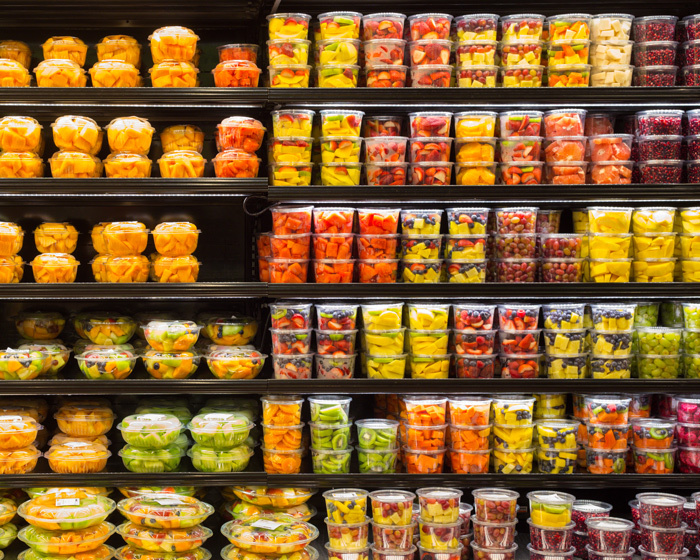
7. Have a flexible plan
One of the best ways to save money is to plan ahead. Before you visit the shops to stock up for the week, decide what you’ll be cooking for each meal.
When making your week’s menu pay attention to what’s cheap right now, which usually means buying what’s in season. Non-profit organisation Sustainable Table has a downloadable seasonal guide to fruit and veg.
You may also need to be flexible enough to adjust your menu as you go. For example, if you notice that zucchini and capsicum cost less than usual, it might mean you swap out Tuesday’s stir fry ingredients for the cheaper veg.
Buying the produce that’s abundant right now can really help you make significant savings – as much as $50 a week according to non-profit organisation Nutrition Australia.
8. Get more from your gadgets
Kitchen equipment you may already own can be an important tool in helping you save money.
If you have a food processor, you can use it to make a pesto from any leftover soft leaf herbs.
Vegies such as carrots, potatoes and onions can be sliced, blanched and then frozen, or try making pickles by slicing and shredding things like cabbage, eggplant or zucchini.
A blender can be great for smoothies, a food dehydrator can create longer-lasting dried fruit, and a slow cooker can turn wilted veg into delicious stock.
9. Get creative with root-to-stem cooking
With root-to-stem recipes there’s less need to throw away the leftover bits from your fruit and veg.
The concept, also called scrappy cooking, has inspired dozens of videos on platforms like YouTube, so if you’re short of ideas spend some time browsing the wealth of content available there.
Some options include:
- saving your broccoli stalks to slice finely in a stir fry or blend into a pesto sauce
- keeping your coriander roots and stems after you’ve used the leaves – they’re great ground up and added to curry pastes
- turning well-washed potato skins into a tasty salad topper – just toss with olive oil and seasonings and bake until crisp.
There are hundreds of ways to get more from the produce you buy – let your imagination run wild!
10. Stop shopping on auto-pilot
It’s natural to form habits in the way we shop, but to get the best value we need to pay attention.
Whether that’s by ensuring you use the unit pricing information, checking catalogues to see what’s on special, or swapping the fresh for the frozen option, having your wits about you as you plan and shop will make all the difference and help ensure you make even more savings.

